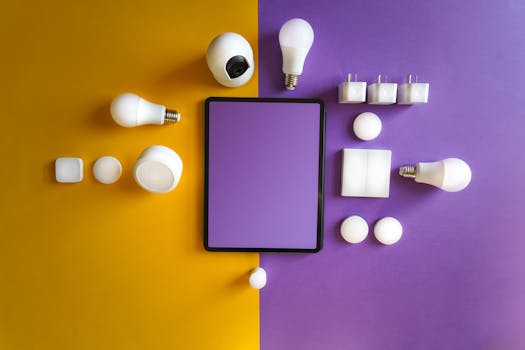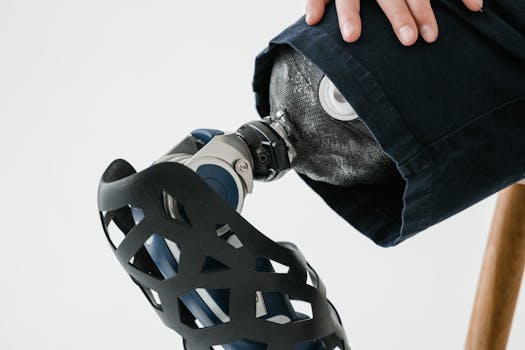Smart Homes 2025: The Rise of AI-Driven Devices
Introduction to Smart Homes
Smart Homes 2025: The Rise of AI-Driven Devices is an exciting topic that has been gaining attention in recent years. As we continue to advance in technology, our homes are becoming increasingly intelligent, thanks to the integration of artificial intelligence (AI) and machine learning (ML) algorithms. These smart devices are designed to make our lives easier, more convenient, and energy-efficient.
What are Smart Homes?
A smart home is a residence that has been equipped with advanced technologies, such as sensors, actuators, and microcontrollers, which allow for remote monitoring, control, and automation of various aspects of the home. This includes lighting, temperature, security, entertainment, and even household appliances. The main goal of a smart home is to provide a comfortable, safe, and efficient living space for its occupants.
The Rise of AI-Driven Devices
AI-driven devices are becoming increasingly popular in smart homes, as they offer a range of benefits, including improved convenience, energy efficiency, and enhanced security. These devices use machine learning algorithms to learn the habits and preferences of the occupants, allowing them to make predictions and adjustments accordingly. For example, an AI-powered thermostat can learn a homeowner’s schedule and preferences, adjusting the temperature to optimize energy consumption and comfort.
Benefits of Smart Homes
The benefits of smart homes are numerous, and they include:
- Energy efficiency: Smart homes can optimize energy consumption by automatically turning off lights, appliances, and other devices when not in use.
- Convenience: Smart homes provide a range of convenient features, such as voice control, remote monitoring, and automated routines.
- Security: Smart homes can enhance security by providing real-time monitoring, motion detection, and alerts in case of suspicious activity.
- Comfort: Smart homes can optimize temperature, lighting, and entertainment systems to provide a comfortable living space.
Examples of AI-Driven Devices
Some examples of AI-driven devices that are commonly used in smart homes include:
- Amazon Echo and Google Home: These smart speakers use AI to control various aspects of the home, including lighting, temperature, and entertainment systems.
- August Smart Lock: This smart lock uses AI to learn the homeowner’s schedule and preferences, allowing for automated locking and unlocking.
- Nest Thermostat: This smart thermostat uses AI to learn the homeowner’s schedule and preferences, adjusting the temperature to optimize energy consumption and comfort.
Conclusion
In conclusion, smart homes 2025: the rise of AI-driven devices is an exciting trend that is transforming the way we live. These devices offer a range of benefits, including improved convenience, energy efficiency, and enhanced security. As we continue to advance in technology, we can expect to see even more innovative AI-driven devices that will make our lives easier, more convenient, and more enjoyable.


